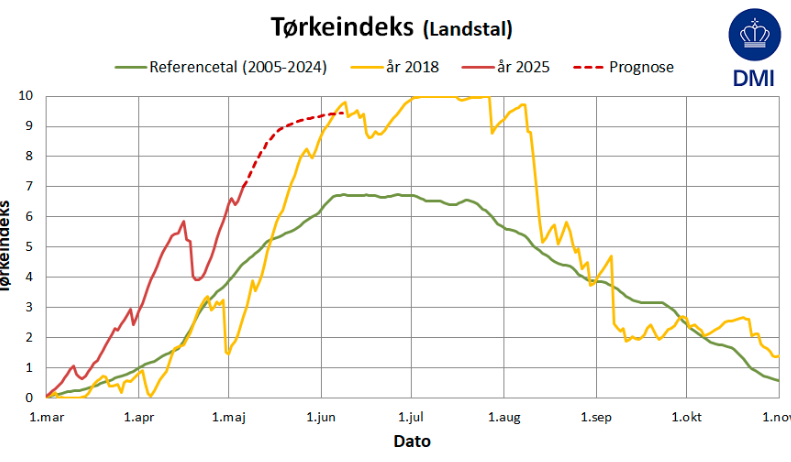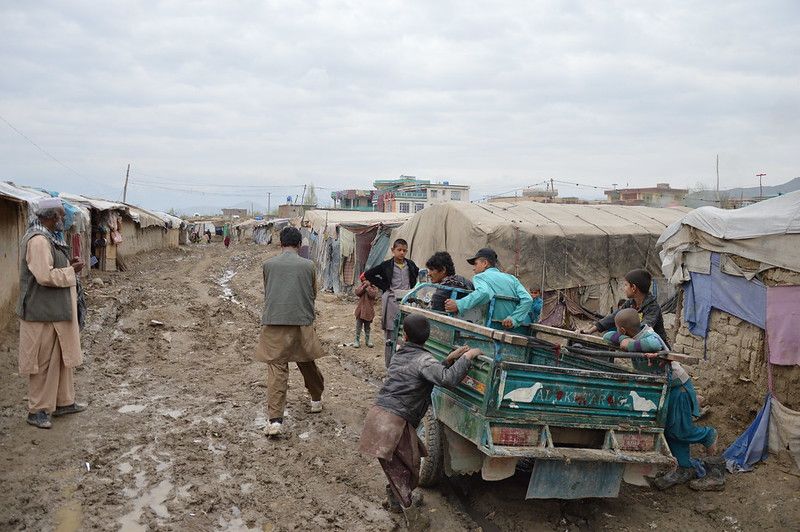Denmark has been getting a lot of claps recently, but it’s not applause. Syphilis cases are continuing to increase, up 47 percent in 2015 to 777 cases, according to the State Serum Institute.
Until 2000, there were barely any cases. Particularly prevalent among homosexuals, 91 percent of the cases are male.
Women most at risk
However, when it comes to deaths caused by unsafe sex – with 160, just seven shy of traffic accidents last year – the majority of the victims are women. Cervical cancer following the contraction of HPV is the biggest killer, with HIV/AIDS in second place.
Unsafe sex also causes 7,186 hospitalisations and 100,000 hospital visits a year, according to Sundhedsstyrelsen, the national health authority.
Cost of lost production
Still, they have a long way to go to catch smoking, which according to Sundhedsstyrelsen kills 13,600 Danes every year.
According to its 400-page paper ‘The burden of disease in Denmark’ smokers cost the state 39 billion kroner in 2013 in extra treatment costs (10 billion kroner) and lost production (29 billion kroner due to 3,400 more early retirements among smokers than non-smokers).
MRSA’s menace
Another health hazard establishing itself in the mainstream is the MRSA CC398 swine virus, which has infected an estimated 12,000 Danes – up from zero cases in 2006 – and can cause blood infections and death.
A recently screened DR documentary, ‘Den dag penicillinen ikke virker’ (‘The day penicillin does not work’), revealed how crucial information regarding its increasing resistance was withheld from Danish politicians between 2008 and 2014 by the national food authority, Fødevarestyrelsen.
Too few organ donors
And should the average Dane die, there’s a good chance they won’t have made a decision regarding organ donation. Some 3.6 million have not, according to Sundhedsstyrelsen, which is bad news for the 400 people waiting for a transplant to prolong their life.
Last year, 27 people on that list died, even though every year about 150-200 Danes die in a way that their organs could be used to save the lives of others.
Although 85 percent of Danes say they want to donate their organs after death, only a few actually sign up as organ donors. Some 30 percent are in favour of changing the current system to ‘presumed
consent’.
Blood shortages
Of course, dying Danes might be let down by a diminished supply of blood should the government’s proposal to axe the hospitals’ preferred method of screening it be changed as part of its budget proposal for 2017-25.
Cutting the NAT screening could lead to a weakened emergency preparedness against foreign viruses such as zika and the West Nile, several doctors warn.
Getting rid of it would force blood banks to establish long quarantines for blood donors because the old serological screenings can only reveal the presence of a virus in the blood two weeks after infection, while the NAT screening does it in days.













